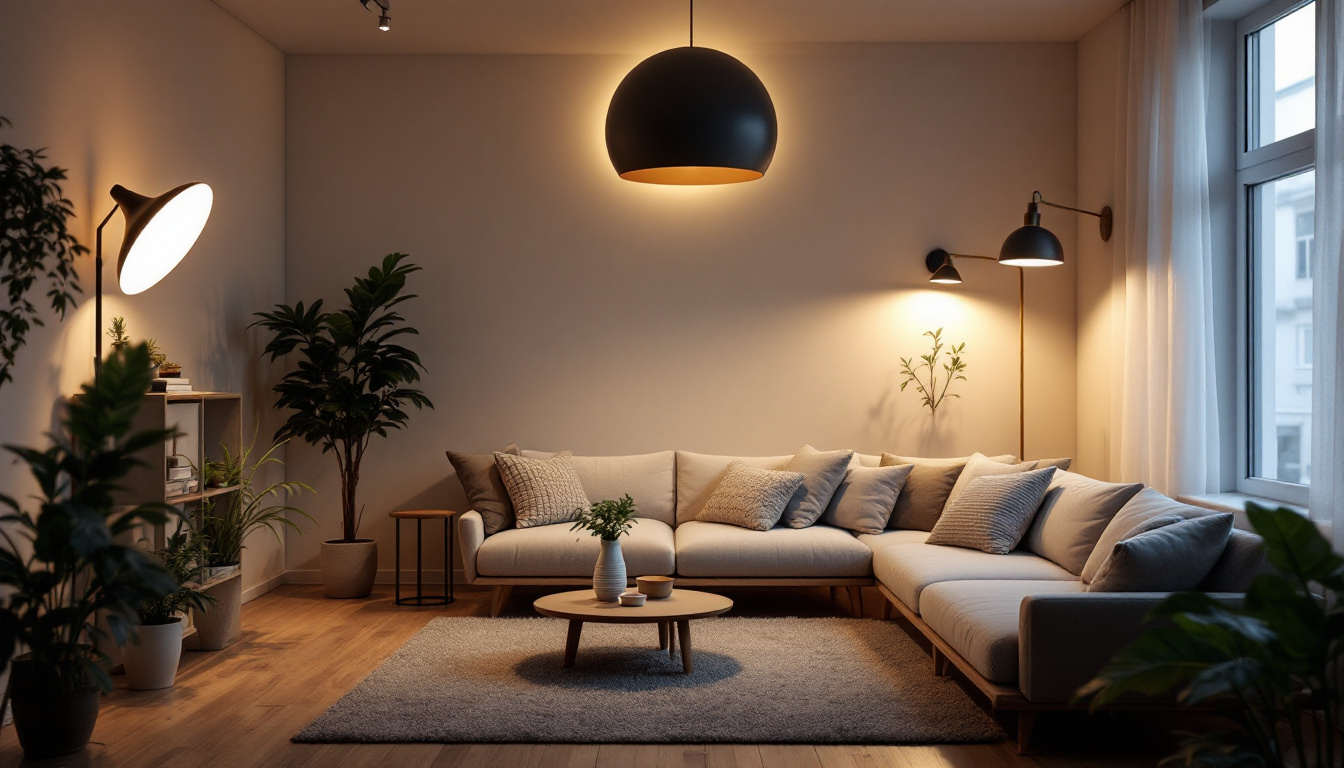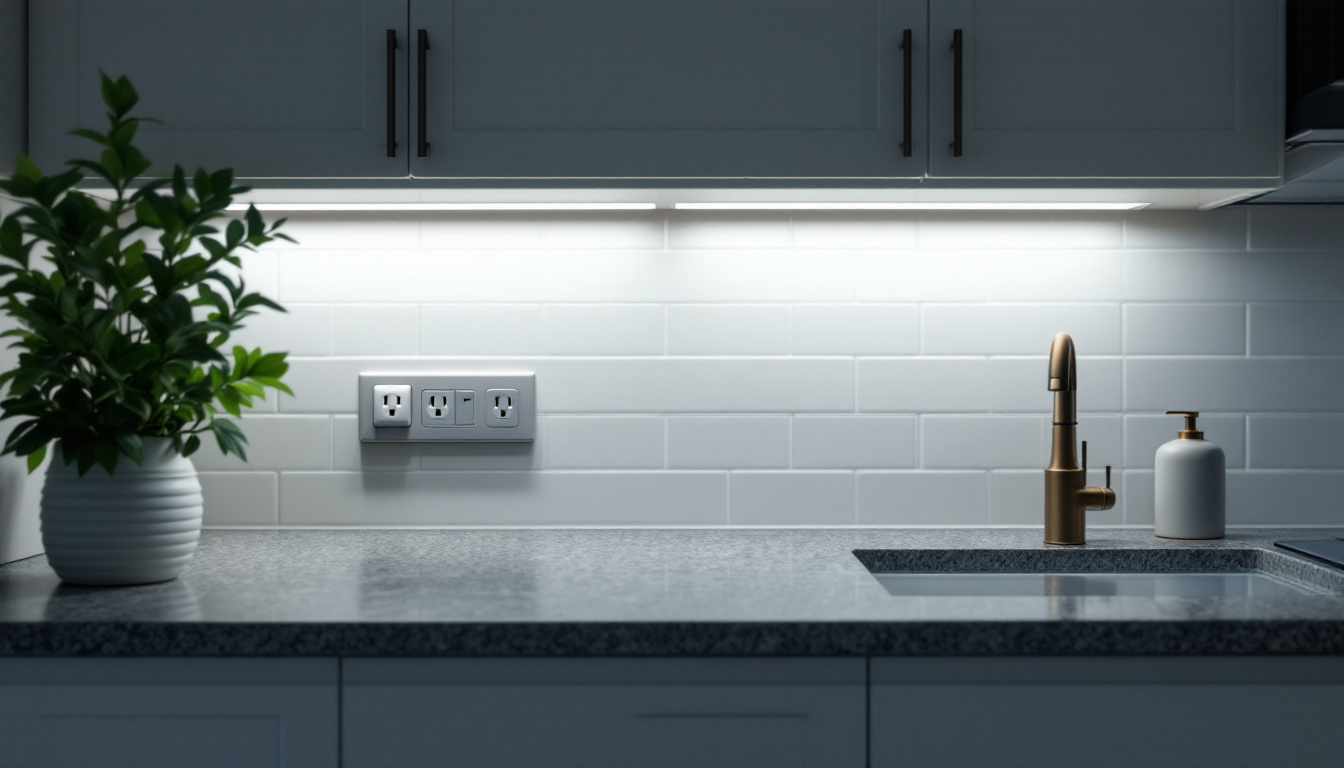
In the ever-evolving world of interior design and construction, the choice of lighting plays a pivotal role in shaping the ambiance and functionality of a space. For lighting contractors, understanding the nuances between traditional indoor lighting solutions and alternative options is essential for delivering optimal results to clients. This article explores the various types of indoor lighting, their benefits, and how they compare to alternative lighting solutions.
Indoor lighting encompasses a wide range of fixtures and technologies designed to illuminate interior spaces. The primary goal is to provide adequate light for various activities while enhancing the aesthetic appeal of the environment. The selection of indoor lighting can influence mood, productivity, and even safety. With the advancement of technology, modern indoor lighting solutions offer not only functionality but also energy efficiency, allowing homeowners and businesses to reduce their carbon footprint while enjoying beautifully lit spaces.
There are several categories of indoor lighting that contractors must be familiar with, including ambient, task, and accent lighting. Each type serves a unique purpose and can be combined to create a well-rounded lighting plan. Understanding the interplay between these types is crucial for achieving a balanced and harmonious lighting scheme that caters to the specific needs of a space.
Choosing the right indoor lighting can significantly enhance the functionality and aesthetic of a space. Proper indoor lighting can:
Moreover, the choice of lighting fixtures can also reflect personal style and contribute to the overall theme of the interior design. From sleek, modern designs to vintage-inspired pieces, the right lighting can serve as a focal point in a room. Additionally, with the rise of smart lighting technology, homeowners can now control the intensity and color of their lighting through mobile apps or voice commands, allowing for greater customization and adaptability to different moods and occasions. This technological integration not only enhances convenience but also opens up new possibilities for creative expression in interior design.
While traditional indoor lighting has its advantages, alternative lighting solutions have emerged as viable options for modern spaces. These alternatives often incorporate innovative technologies and designs that can enhance energy efficiency and versatility. As sustainability becomes a growing concern, exploring these options not only benefits individual users but also contributes to a larger movement towards eco-friendly living.
Light Emitting Diodes (LEDs) have revolutionized the lighting industry. They offer numerous benefits over traditional incandescent and fluorescent bulbs, making them a popular choice among contractors and clients alike. The rapid advancement in LED technology has led to the development of high-quality products that closely mimic the warm glow of incandescent lights while providing significant energy savings.
Smart lighting systems are becoming increasingly popular in residential and commercial settings. These systems allow users to control lighting through mobile apps, voice commands, or automated schedules. The convenience of smart lighting not only enhances user experience but also promotes energy conservation by allowing users to turn off lights remotely or set timers for automatic shut-off.
When evaluating indoor lighting options versus alternatives, several factors come into play. Contractors must consider aspects such as cost, energy efficiency, maintenance, and aesthetic appeal.
Initial costs can vary significantly between traditional indoor lighting and alternative options like LEDs or smart lighting systems. While LEDs may have a higher upfront cost, their long-term savings on energy bills and reduced replacement frequency often justify the investment.
Smart lighting systems may also involve higher initial costs due to the technology involved. However, the potential for energy savings and enhanced user experience can make them a worthwhile investment for many clients.
Energy efficiency is a critical consideration in today’s environmentally conscious market. Traditional incandescent bulbs are becoming less favored due to their high energy consumption. In contrast, LEDs and smart lighting systems offer significant reductions in energy use, aligning with sustainability goals.
Contractors should also be aware of local regulations and incentives related to energy-efficient lighting. Many regions offer rebates or tax incentives for projects that incorporate energy-saving technologies, making it financially advantageous for clients.
When it comes to selecting the most suitable lighting solution for a project, contractors should take a holistic approach. This involves assessing the specific needs of the space, the preferences of the client, and the overall design vision.
Understanding the client’s requirements is crucial in determining the best lighting solution. Factors to consider include:
Lighting should seamlessly integrate with the overall design of the space. This means considering the architectural features, color schemes, and furniture layouts when selecting fixtures. A well-thought-out lighting plan enhances the design and contributes to the overall functionality of the space.
The lighting industry is continually evolving, with new technologies and trends emerging regularly. Staying informed about these developments is essential for contractors looking to provide cutting-edge solutions to their clients.
Human-centric lighting focuses on creating lighting environments that support human health and well-being. This approach considers factors such as circadian rhythms and the psychological effects of light on mood and productivity.
As awareness of the importance of well-being in design grows, contractors may find opportunities to incorporate human-centric lighting solutions into their projects, enhancing the overall experience for occupants.
Biophilic design emphasizes the connection between nature and the built environment. Integrating natural light and elements inspired by nature can create calming and restorative spaces. Lighting solutions that mimic natural light patterns or incorporate organic materials can enhance this design philosophy.
In the competitive field of lighting contracting, understanding the nuances of indoor lighting and its alternatives is essential for delivering exceptional results. By evaluating the benefits, costs, and design considerations of various lighting solutions, contractors can make informed decisions that align with their clients’ needs and preferences.
As the industry continues to evolve, embracing new technologies and trends will be key to staying ahead. Whether opting for traditional indoor lighting, LED solutions, or smart lighting systems, the ultimate goal remains the same: to create well-lit, functional, and aesthetically pleasing spaces that enhance the quality of life for their occupants.
Ready to elevate your lighting game? At LumenWholesale, we provide lighting contractors with the ultimate selection of spec-grade lighting products that combine quality, affordability, and convenience. Say goodbye to local distributor markups and hello to our unbeatable wholesale prices. Our extensive catalog meets the highest industry standards, ensuring every space you illuminate is both functional and aesthetically pleasing. Plus, with free shipping on bulk orders, you can stock up on premium lighting solutions without worrying about hidden fees. Don’t compromise on your lighting needs—choose LumenWholesale for the best value in wholesale lighting. Wholesale Lighting at the Best Value.

Explore the essential insights into under cabinet lighting and outlets with answers to common questions from lighting contractors.

Discover the essential lumens calculator for room size that lighting contractors rely on to perfect their projects.
Discover the essential facts about outdoor LED wall lights that every lighting contractor needs to know.

Discover the crucial aspects of warehouse ceiling lights that lighting contractors frequently miss.